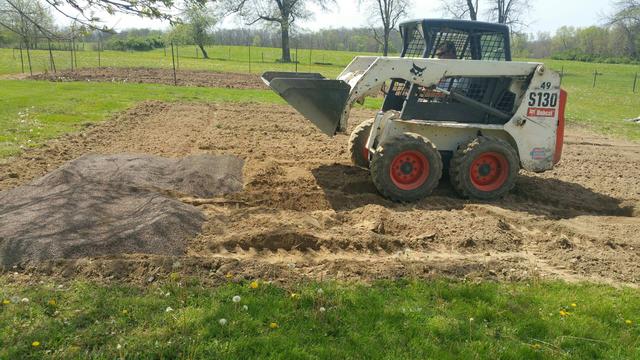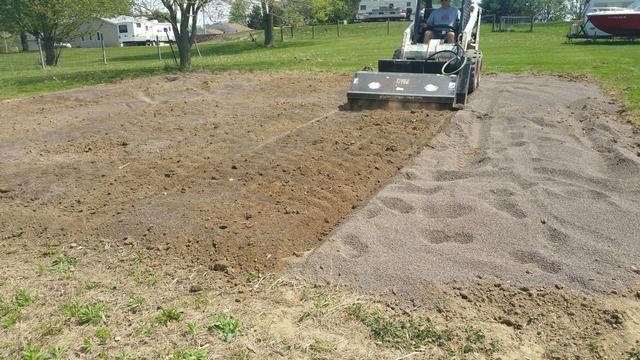Perhaps this is an example of a case of "operator error", i.e. MichaelS doesn't know how or when to apply the technique? Or perhaps just another example of his tendency to make blanket statements against whatever technique or style or idea someone else is advocating, because that's what he does.
I think as with most things, the answer is somewhere in the grey zone. If you take a very young seedling and essentially smash it down on a board, perhaps you will wind up with a somewhat unnatural looking root system that, instead of flaring out at the base, shoots straight off at a 90 deg angle from the trunk (without much lower trunk flare). I don't know if this would happen, and I don't think I've ever seen anyone else claim that it happens...but one can imagine it might. On the other hand, if you take a tree with a root system that is a little more developed, with the roots coming off the trunk at a downward angle (but not too severe), then plant that on top of a board...I think you would maintain/enhance the base flare while establishing more horizontal surface roots outside of that flare zone. Which is what we want for bonsai. Note, I'm not talking about the dinner plate style that I really don't like, that is just an extreme result that one can obtain if desired.
I have planted trees on boards and tiles both in the ground and in pots. What happens is that any downward roots are forced to grow horizontally until they reach the edge of the board; then they dive down. In the ground, this eliminates roots directly under the trunk that go deep and make digging more difficult. You'll still have to remove them when you dig the tree but I find it easier to dig as the "diving" roots are further from the trunk.






